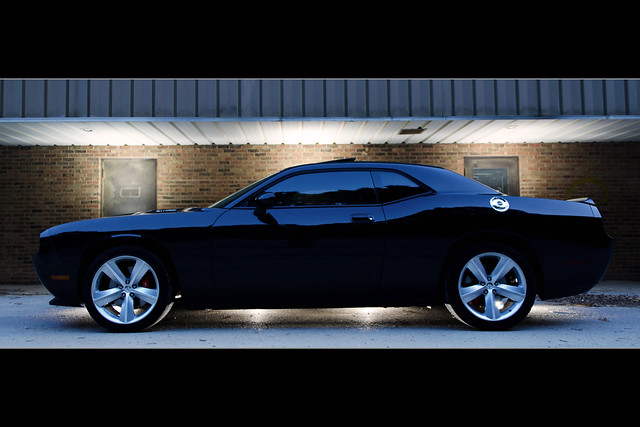-
Senior Member

How to photograph an ice cave?
I'm planning on visiting a local ice cave; this is a close quarters cave with no man-made lighting. To get an idea of the cave, watch this video, it doesn't get interesting until 1:42.
I was thinking about bringing my tripod for long exposures and my Canon 10-22 EF-S lens. Would using a flash help or flash lights?
-
Administrator

Actually, a flash would be perfect. In fact, I'd suggest doing long exposures just like you said. While the camera's shutter is tripped, use the flash handheld and walk the flash around popping it at as many things within the frame as you can. Basically, you'd be turning one flash into many flashes. You'll probably be using the flash at 1/16 power or below in order to maximize the amount of flashes you can use within the shutter's duration. Just make sure that you aren't blocking the area that's getting flashed at any point and time (else, you'll record yourself in the image).
I used a similar technique to photograph this car. We only had 3 flashes, but we combined three different shots (moving the flashes around) to create the final image with 7 separate flash pops.

Dodge Challenger [Anamorphic Widescreen] by budrowilson, on Flickr
You could basically do the same thing, except move the flash around while the shutter is open and have it all done in-camera. However, you will need to have a clear understranding of the area you're working in because you can't be using your headlamp while doing it. Therefore, you'll need to map out your path and know exactly where the obstacles are before doing it.
Of course, the other alternative is to do several individual shots and combine them in post as I did. If you do that, it's easy enough to lay each image on top of the other using the "Lighten" blend mode to bring out the illuminated area of each image.
Last edited by Sean Setters; 05-16-2012 at 02:46 PM.
-
If you were going with some other people, flashlights waved over an area can be used to highlight certain features during a long exposure, similar to burning-in from the darkroom days. Not as predictable for even coverage as flash units by a long shot, but it can be done if you don't have enough flashes nor the time to set up for multiple exposures. (That is something I am going to have to try. Thanks Sean.)
Apologies that I can't remember the photographers' names, but I have seen some stunning nighttime landscapes and cave interior shots that were done this way. One big downside to the flashlight method is that the keeper rate is very low.
-
Senior Member

I'm going to have to experiment before we visit the cave however I will only have my built-in flash on the 7D and a 430EXII. I'll try both methods suggested. Thanks so far. I'll post the results when the time comes (about a month).
 Posting Permissions
Posting Permissions
- You may not post new threads
- You may not post replies
- You may not post attachments
- You may not edit your posts
-
Forum Rules




 Reply With Quote
Reply With Quote

